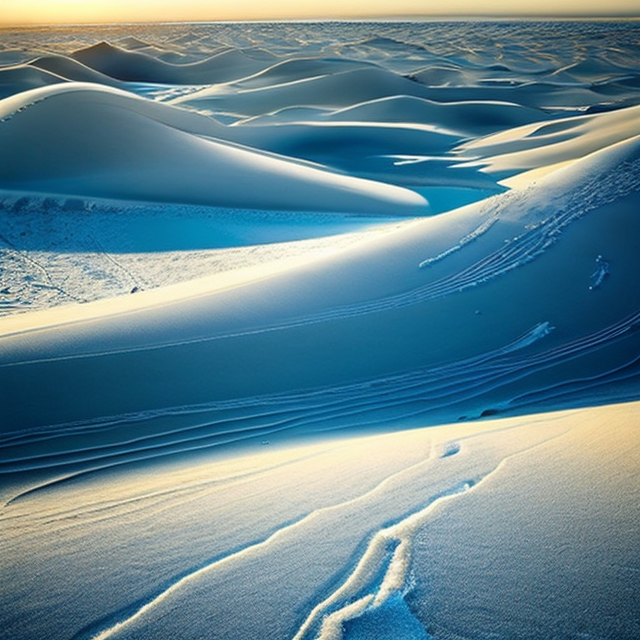| Fictional info (?) |
|---|
| Suggested name | Erivi Nomia |
| Planet type | Cold planet |
| It has the longest rotation period (445 days) of any planet in its solar system and rotates in the opposite direction to most other planets.
The volume of water ice in the south polar ice cap, if melted, would be sufficient to cover the entire planetary surface to a depth of 7 meters.
This arid planet is mostly populated by friendly but shy poisonous oceanic creatures called the "Meendene". They feed on the ground by killing the Galacisco'ke Most of them are related to the Renoe, have 8 eyes and vary in size from 70 to 130 mm. They can reproduce at temperatures from -40 to -20°C and also predators attacking which is common on Erivi nomia. |
| Estimated population | 600000000 |
| Atmosphere | Oxygen | 33% |
| Methane | 25% |
| Carbon dioxide | 22% |
| Water | 19% |
| Atmospheric pressure | 2.6 bar |
 |
| Moon | Dieri-rax | Very small round rocky comet |
| Chona Mab | Huge round crater-filled asteroid |
| Chalpuck'idlelassa | Medium-sized round rocky planetoid |
| Markivi He | Medium-sized almost round rocky asteroid |
| Ananlene Loge | Small round rocky asteroid |
| Iome El | Medium-sized round rocky moon |
| Bautily Pho | Large irregular crater-filled comet |
| Lenethe | Medium-sized round ice moon |
| Jarn-pina | Huge round rocky asteroid |
| Caskoll Bauti | Small potato shaped ice moon |
| Lenemoon Puck | Large round rocky planetoid |
| Sutmona | Large round crater-filled asteroid |
| Xihinoe Bebeu | Medium-sized round rocky moon |
| Sepropho'tungr | Huge irregular rocky asteroid |
| Cylbos | Small irregular crater-filled asteroid |
| Iotepid | Large irregular crater-filled moon |
| Hehesida | Large irregular rocky moon |
| Beauto Tiobe Chal | Small almost round crater-filled moon |
| Atgeen Liacar | Very small round gaseous moon |
| Domesaapus | Very small potato shaped ice planetoid |
| Kethee'ron | Very small almost round rocky comet |
| Steph Pe | Small irregular crater-filled asteroid |
| Hyrtrin | Medium-sized slightly egg-shaped rocky planetoid |
| Mabthee | Large round oceanic asteroid |
| Panredene Ron | Large irregular gaseous moon |
| Drathe'ka | Large round crater-filled planetoid |
| Remaka-promaka | Very small almost round rocky moon |
| Areuryca Tho | Medium-sized potato shaped ice asteroid |
| Mathe Rionmar | Medium-sized almost round ice moon |
| Google search for Erivi nomia |